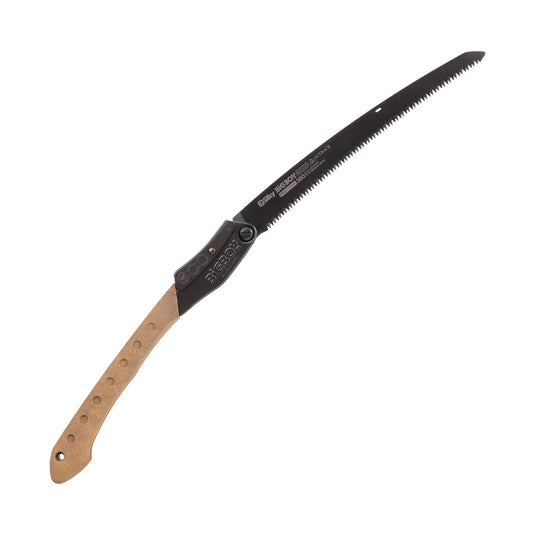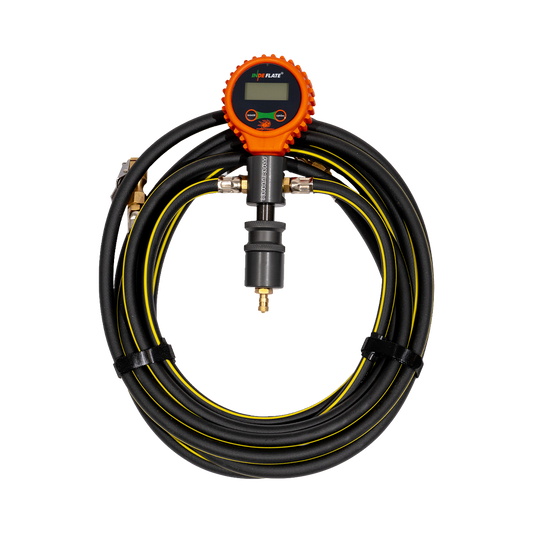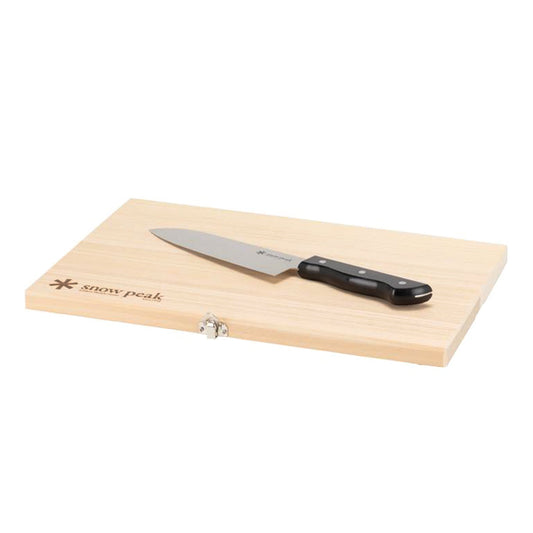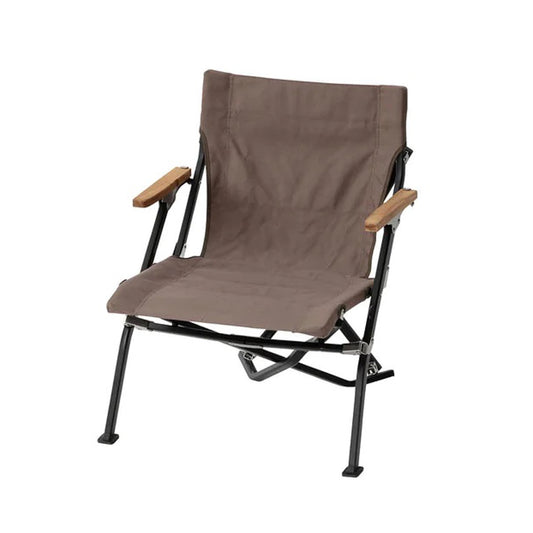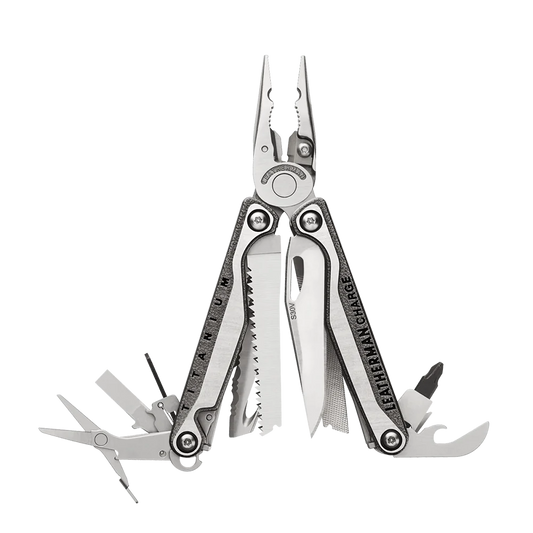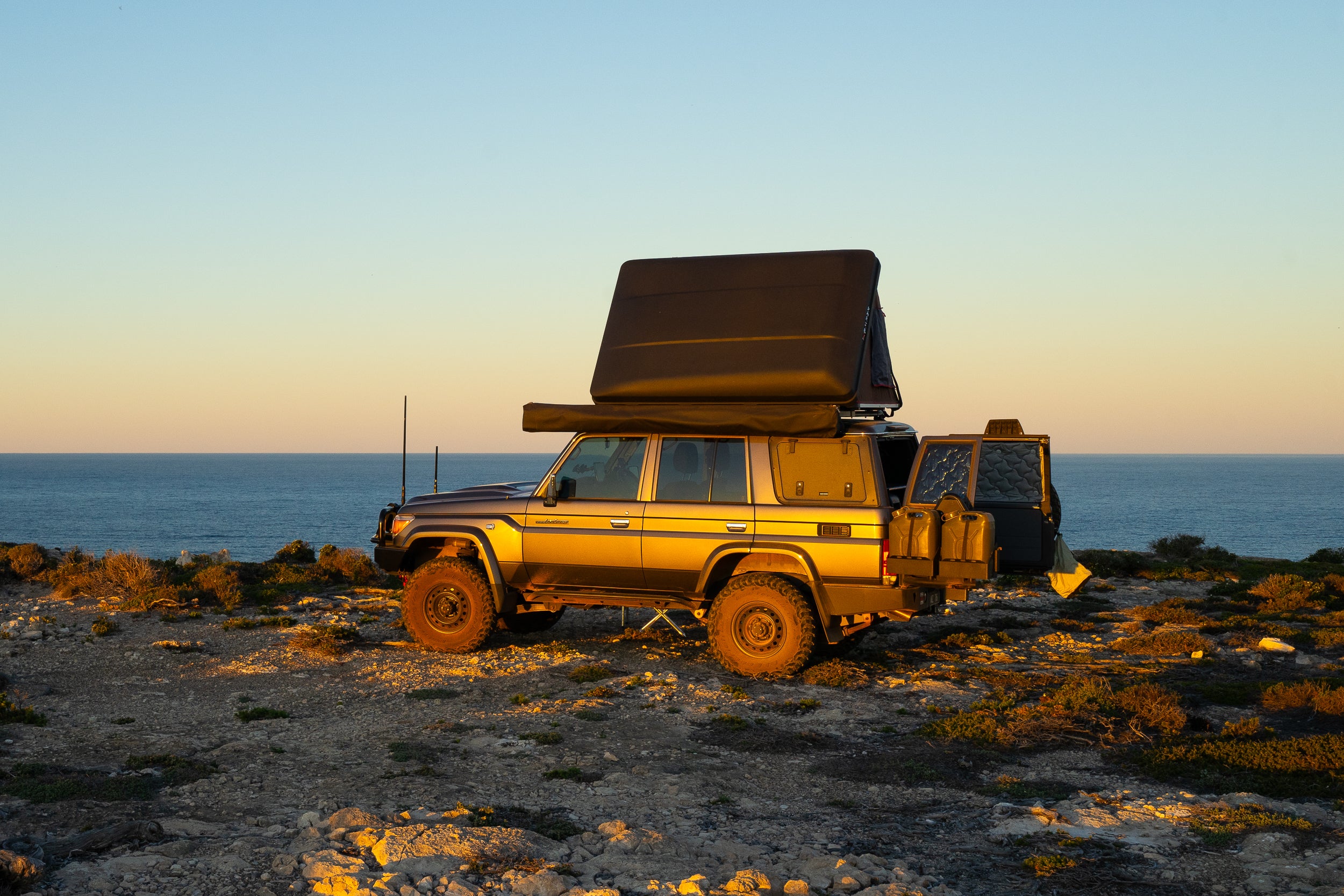If you’re new to adventure travel and choosing a camper trailer or caravan for your travels, it’s handy to learn a few skills for towing off-road safely.

The Benefits of Towing Off-Road
Whether it’s a space to escape the elements, a roomy kitchen or storage areas for your gear, there are plenty of upsides to towing. Being able to disconnect and explore in your 4×4 from a base is another advantage over rooftop tents or dedicated campers.

However, the downside of camper trailers and caravans is that more equipment can fail – tyres, suspension, chassis and componentry.
If you plan to travel more rugged tracks to explore remote areas, it’s best to pick a smaller and lighter camper trailer or caravan and allocate more of your budget to ensuring trip-critical components like the build quality, brakes, suspension, and tyres won’t leave you stranded.
Once you depart the bitumen, much of your towing off-road will likely be along gravel roads. Dropping ~10 PSI from your 4×4 and camper/caravan will make it more comfortable for you and help the suspension reduce damage behind. This tip should help you to travel at a better speed and reduce your time at the wheel.

Setting Up for Towing Off-Road
Once you are moving along smoothly, the next challenge is safe stopping. First up, you’ll need to set up your hardware. Not all camper trailer/caravan brakes are the same, and unfortunately, it’s common to see road duty, poor quality or undersize brakes fitted. It’s worth doing your homework and opting for a name brand where possible.
Electric brakes are the most common choice, and you’ll need a brake controller in your 4×4 to activate these. The REDARC Tow-Pro Elite is a quality choice, and it’s the unit I have fitted in my 76 Series LandCruiser.
It’s crucial to ensure the connection between your 4×4 and camper trailer/caravan is sound. I always use the genuine Anderson brand connectors as they seem to grip better, plus I clean the connections from time to time to ensure good contact.

Once connected, a common mistake is either not adjusting your brake controller or doing so incorrectly. The REDARC Tow-Pro Elite has nine settings. In my experience, most camper trailers and caravans come from the factory adjusted slightly differently. I’ve experienced different numbers being the correct setting for several other models we have towed for testing.
The way I dial this number is to drive at low speeds along a quiet street and run tests. At slow speeds, I usually don’t feel like I’m the push if the brakes are too light, but I will feel the drag if they are too strong. So next, I lower the number until I can feel no drag, and it feels like the vehicle and camper/caravan are braking in unison. Finally, I conduct hard braking tests at increasing speeds and make subtle adjustments if I feel any push or pull.
Once your brakes are well set up, you will need to consider weight limits and balance. It’s vital to ensure you don’t exceed the Gross Vehicle Mass (GVM), Gross Trailer Mass (GTM) of your camper trailer/caravan and the Gross Combined Mass (GCM). Legalities and insurance implications aside, if you exceed the engineered limits for your equipment you are putting your loved ones at risk and there is a far higher chance of an accident from this cause.
Balance can be difficult to get right, but it has a big impact on off-road towing and stopping. In the tow vehicle it’s easy to end up with a heavy load at the rear. If not set up correctly to handle this, it can have a negative impact on braking and steering and this will be exaggerated when towing off-road.

A GVM upgrade will help as can airbags that can be inflated to assist the rear suspension with heavier loads (best used together). As can simple measures like packing lighter and positioning heavy items further forward in the vehicle.
In your camper trailer/caravan balance is equally important. Front tool boxes are easy to overload which can see large ball weights adding to the already heavily laden rear of vehicles. Being back heavy can be disastrous too, and it’s best to avoid heavy jerry cans and bags of firewood off the rear if at all possible.
Like the vehicle, reducing weight, packing heavy items forward in your 4×4 or central in your camper trailer/caravan will help significantly. It’s also worth being mindful of the position of your water and greywater tanks as these can add to significant variable load.
With a 4×4 and camper trailer/caravan that is within legal weight limits, is well balanced and has quality brakes controlled by a brake controller on the right settings you are in a good position.
Towing Off-Road
Now when you are towing off-road and you navigate an off-camber corner and need to brake and adjust your line to avoid a seemingly bottomless pothole, your entire setup brakes in unison and responds predictably. You aren’t pushed outward nor does the camper trailer/caravan skid behind.

The REDARC Tow-Pro Elite has an automatic mode that brakes proportionally depending on how aggressively you brake. This is perfect for the majority of driving.
On technical terrain there are benefits of switching over to the manual mode and there are two main types of terrain I use this for. The first is sand. Typically, when I’m beach driving I don’t want my camper digging in, which means very little braking. On manual mode the brakes only activate when I brake or press the button. In this instance I will set the controller to one.
On steep decents I have the opposite problem. My LandCruiser is a manual and has exceptional engine braking in low range and first gear. It means I can negotiate most decents with little braking, but when towing in these situations the camper will push from behind. In this instance I again select manual mode and set the brake controller so I can brake aggressively. I then use the button or vehicle brakes to activate the brakes on the camper. Sometimes, this braking is essential for getting the camper to skid back into the wheel rut and follow the line of the Cruiser.


When towing off-road, sensible speeds are important as are quality gear, accurate settings and careful consideration to contributors like weight and balance.


